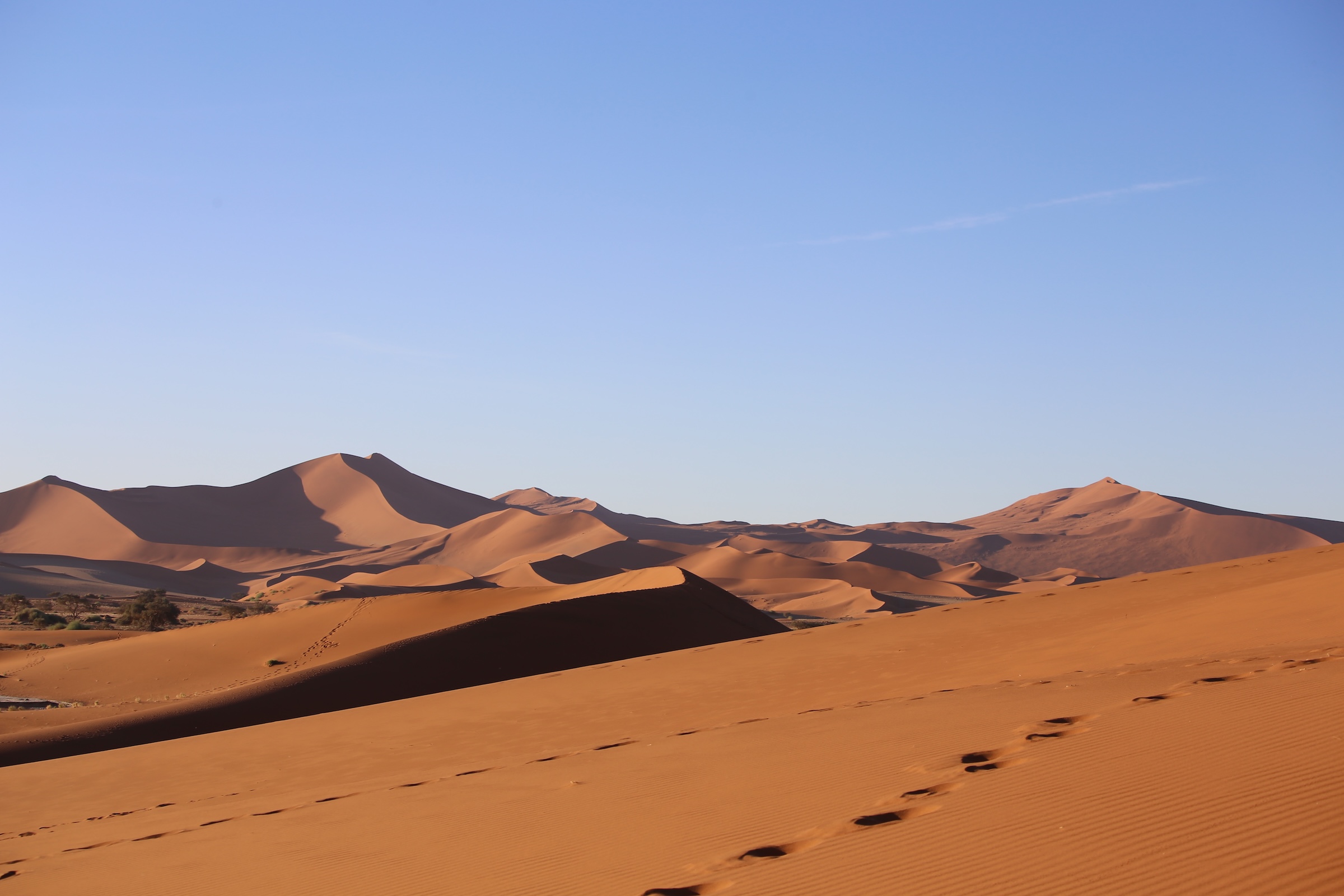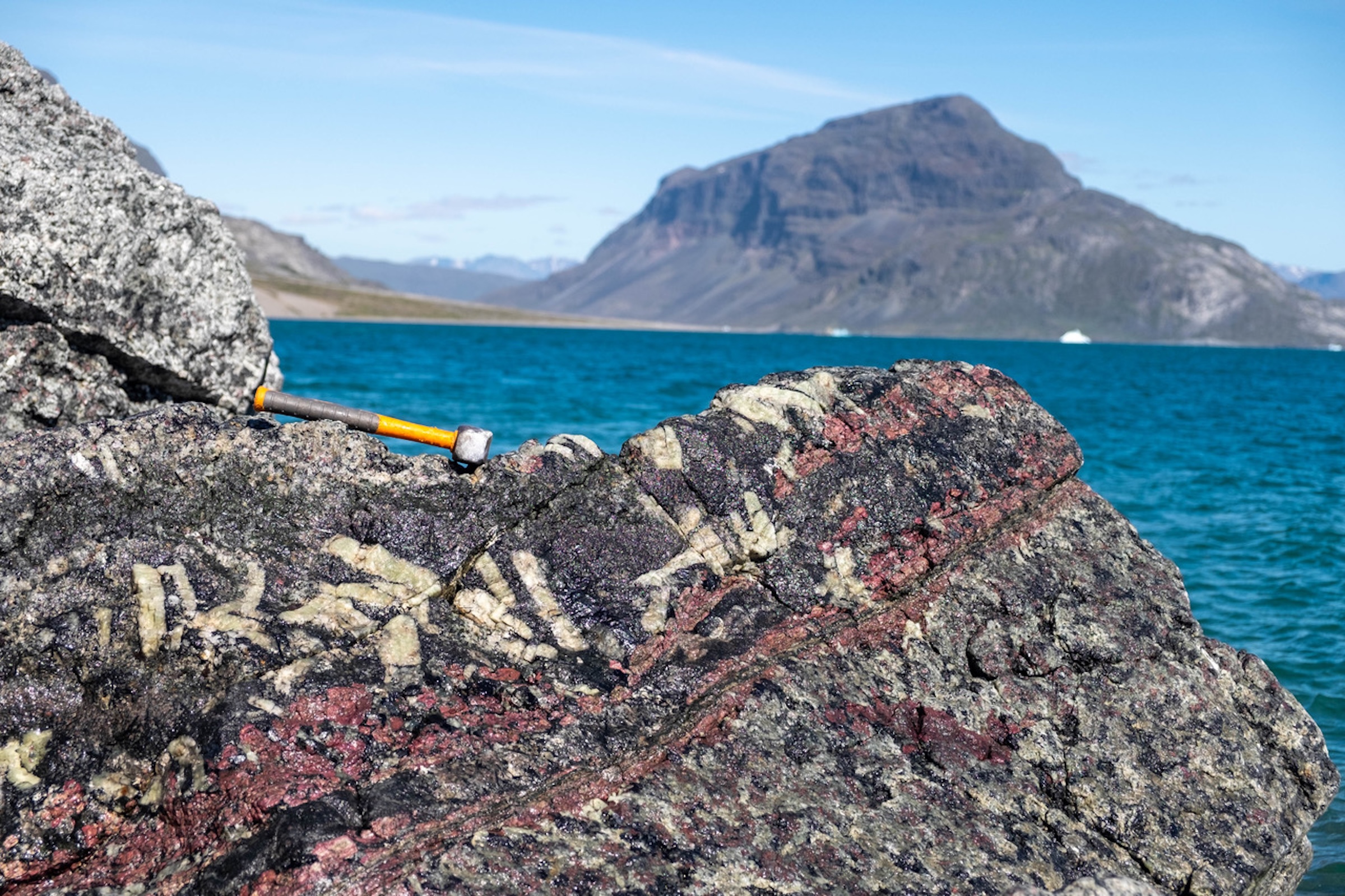MASt Course Structure
The MASt course in Earth Sciences at Cambridge offers an opportunity to combine cutting-edge independent research with advanced taught courses. The breadth of research within the department, together with the wide range of modules available, ensures a flexible and personalised experience to match your interests. The programme is further enriched by a geological field trip, several seminar series, and a number of opportunities to refine your scientific communication skills. The MASt program runs alongside our 4th year students (‘Part III’), guaranteeing a cohort of students. Graduates from our department go on to pursue exciting careers in research, industry, and beyond, equipped with both specialist expertise and transferable skills.
For the advanced courses, you will choose 6 options, each counting for 9%. The below examples give you a feel for what can be on offer. A minimum of 12, but usually over 16, optional courses are provided.
Records of Major Environmental Change
taught by Alex Liu
In this seminar-based course, we examine the interplay between environmental change and the evolution of life on Earth, focusing on key extinction and radiation events. We take a macroevolutionary perspective to explore how environmental shifts have facilitated, driven, or intensified biological disturbances throughout Earth’s history. Topics include 1) the demise of the Ediacaran macrobiota in the build-up to the Cambrian explosion; 2) the End-Ordovician mass extinction; 3) the Permo-Triassic mass extinction; 4) the Triassic-Jurassic boundary; 5) the Cretaceous-Palaeogene mass extinction; 6) the PETM and Eocene-Oligocene transition; and 7) the modern biodiversity crisis.
Natural Hazards in the 21st Century
taught by Max Van Wyk de Vries, Adriano Gualandi, Ayesha Siddiqi (Geography), Lara Mani (CSER)
This course examines the concepts of hazard, risk, and disaster, emphasizing their distinctions and relevance for research and policy. We will study the physical processes behind volcanic, landslide, seismic, and hydrometeorological hazards, alongside the social dimensions of vulnerability, resilience, and disaster management. We also cover modern developments in hazard science, including multihazard interactions, compound impacts, and the influence of a warming climate.
Journey from the Surface to the Centre of the Earth
taught by Sergei Lebedev and Sanne Cottaar
Seismology is the main indirect method to image the Earth’s interior and to interpret its structure, dynamics, and evolution. In this course, we integrate seismology with mineral physics and geodynamics, to explore the lithosphere and sub-lithospheric mantle, and how these regions have shaped the Earth’s surface. We also investigate mysteries deeper in the Earth, including the heterogeneity at the core-mantle boundary and asymmetries in the inner core, and discuss the implications of these. The course concludes with insights from seismology on other planetary bodies.
Energy Transition and the Environment
taught by Andy Woods
This course explores global energy resources and the dynamics of supply and demand within evolving energy systems. We examine key renewable energy technologies, focusing on wind, tidal and solar power—including concepts such as the Betz limit, wake effects, and topographic influences. We explore a range of interseasonal storage solutions. We cover carbon capture and storage (CCS) through case studies like Sleipnir and In Salah, considering CCS as a potential strategy to mitigate renewable energy intermittency. The course also covers pumped and river hydro, and biofuels and biogas. Finally, we address battery storage technologies, low-energy design in the built environment, and strategies for defossilising industry.
Magmatic Critical Metal Deposits
taught by Owen Weller-Gibbs, Carrie Soderman & Marie Edmonds
Many critical metal deposits, required for the green energy transition, are associated with igneous rock types, but the controls on whether a given igneous complex will become mineralised is poorly understood. This course will introduce you to the theory of how to predict critical metal enrichment in magmatic systems, using techniques such as partition coefficient modelling and accessory phase saturation surfaces. The practicals will explore these techniques using the software MAGEMin. Lectures will also feature a wide variety of case studies, including REE-rich alkaline igneous rocks in southern Greenland, Li-granites in south-west UK, porphyry Cu deposits in Chile and Indonesia, and ‘active’ mid-ocean ridge volcanogenic massive sulfide (VMS) settings along the Mid-Atlanatic ridge and in the Pacific. Associated practicals will feature rocks and thin sections from such complexes, demonstrating the extraordinary diversity present in these settings.
Frontiers of Ice Core Science
taught by Rachael Rhodes, Eric Wolff, Thomas Bauska
Ice cores provide invaluable information about how Earth’s climate has varied in the past. Most notably, ice cores contain samples of ancient air that reveal the clear relationship between greenhouse gases and temperature over the last 800,000 years, with implications for our future. This course explores recent advances in ice core science, combining a detailed understanding of Earth’s climate system past, present and future with fundamental concepts from geochemistry, physics and climatology. We begin with an overview of how ice core records are obtained and used to reconstruct past climate and then focus on a variety of topics including: (i) synchronisation of ice cores and other palaeoclimate archives; (ii) advanced interpretation of water stable isotopes; (iii) ocean temperature reconstructions; (iv) human interaction with the climate and environment; (vi) climate forcing and response. The course includes a visit to the British Antarctic Survey.





